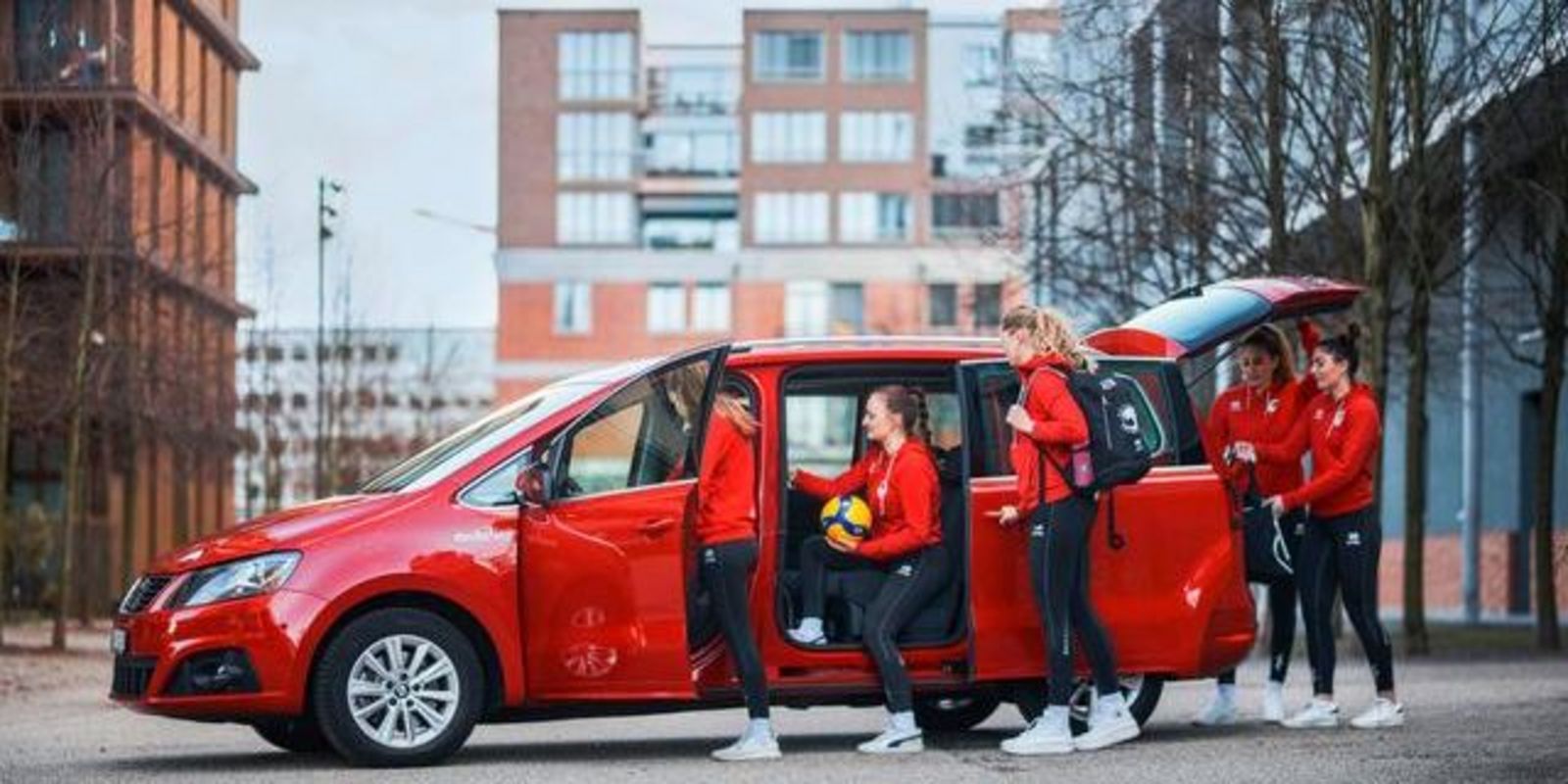Let’s not fool ourselves: despite its excellent public transport infrastructure, Switzerland is still a country of cars. There are almost 6.5 million registered vehicles for every 8.7 million inhabitants, and the annual turnover of the industry is around CFH 94 billion. That’s a lot of money – and the reason why several car subscription providers are now vying for customers’ favour. The selling points are always similar: short minimum rental periods of one to six months, allowing you to test a car extensively, for example. This is also a tempting option for people who only ever need a car in certain months or seasons. The second line of argument pursued by the car subscription providers is the high level of service convenience: the “all inclusive” offer usually includes insurance, registration, taxes, service, maintenance, tyres, vignette and a fuel/charging card. In other words, everything except petrol or electricity and parking – and repairs for any self-inflicted damage.
Maybe you too are thinking about taking out a car subscription. If so, we have a suggestion for you – or rather an alternative that is frequently more practical, more eco-friendly and very often cheaper, too. Car sharing! We explain why in the following five points:
1. Convenience
If car subscriptions are practical, then car sharing is ultra-practical. Maintenance, service, cleaning and tyres are not only included in the price, they’re also taken care of by Mobility. And you only have to refuel when the petrol tank is less than a third full. What is more, you don’t need your own fuel card to do so: there’s one in every vehicle. Mobility covers the cost of petrol.

2. Choice
Whether buying, leasing or renting: you have to choose one car – and it’s not always going to be the right size. Mobility offers you a variety of vehicle types. If you need to get from A to B without any luggage, a small car in the budget category does the job perfectly. Meanwhile a convertible is ideal for a ride over an Alpine pass, a van is what you need to move house and a minivan is the right option for a group outing. At Mobility you will find 3’000 vehicles in seven different categories at 1’540 locations.
By the way, we have good news for all those who prefer electric cars: we already have around 200 electrically powered vehicles – including the Volkswagen ID.3 and the Tesla Model 3. And we’re electrifying our entire fleet by 2030.

3. Costs
Car sharing is definitely more eco-friendly than owning a car. But we’re well aware that there are other factors that have a key role to play here – and these include costs in particular. A comparison between car sharing and a car subscription is not easy, but it is possible. You can look at the following, for example: how much Mobility do I get for the cost of a car subscription?
Car subscriptions start at around CHF 450 for a small car, a car in the mid-range costs CHF 650, for a spacious estate car the cost is closer to CHF 1’000. In addition, you will spend CHF 50 to 200 on parking and petrol, depending on mileage. All in all, a car subscription costs at least around CHF 6’000 per year, with a larger model it will be more like CHF 9’000.- or even CHF 12’000.
To enable a comparison with Mobility, we created three fictitious usage profiles, and set this against the cheapest car subscription, i.e. about CHF 6’200 per year.
Usage profile “balanced”
Number of trips | Purpose | Category | Distance per trip (km ) | Duration per trip (hours) | Price per ride (CHF) | Total per year (CHF) |
1x per month (12) | Shopping | Estate car | 10 | 2 | CHF 14 | CHF 168 |
1x per month (12) | Excursions | Economy | 250 | 12 | CHF 162.5 | CHF 1950 |
4x a year | Weekend excursions | Emotion | 600 | 46 | CHF 570 | CHF 2’280 |
almost every week (50) | Errands | Budget | 30 | 2 | CHF 20.5 | CHF 1025 |
10x a year | Business | Estate car | 45 | 4 | CHF 44 | CHF 440 |
2x a year | Waste disposal | Van | 40 | 3 | CHF 52.4 | CHF 105 |
|
|
|
|
|
| CHF 5,968 |
No petrol costs | ||||||
Annual costs incl. annual subscription (CHF 129) and liability reduction (CHF 150) | CHF 6’247.* | |||||
*Prices in CHF, including VAT., Fuel surcharges and discounts reserved
See here for an overview of our fleet.
For the price of a car subscription, you can use Mobility to make 50 shorter trips and do your monthly bulk shopping. In addition, you have one business trip per month and one day trip, four weekend trips and two waste disposal trips. In total, you get around 90 trips for the price of CHF 6’247 – almost two per week.
4. Parking
In built-up areas, parking is scarce, and private parking spaces cost up to CFH 200 per month. Blue zone cards are cheaper at around CHF 300 per year, but they have their pitfalls, too: firstly, it often takes a long time to find a parking space, and secondly, price increases are already a done deal in many places: in Bern, for example, prices are set to rise to nearly CHF 500 in future, while in Zurich rates could be as high as CHF 780. When you return from your trip with Mobility, you always have a free parking space reserved especially for you. In addition, a single car-sharing vehicle replaces an average of eleven private cars – in other words eleven parking spaces . Only a bicycle is more space-saving and eco-friendly.

5. One more car is one more car
The same applies to car subscriptions as it does to purchased or leased vehicles: it’s one more car that has to be produced, and then ends up standing around for most of the time. The production of a car pollutes the environment with several tonnes of CO2. With e-cars, CO2 emissions are generally lower, though lithium is needed for the battery. But production capacity is not nearly as large as it would have to be to achieve the planned scale of electrification. There is simply not enough lithium to electrify all cars. Unless we share them.
Conclusion: temporary rental may be a good alternative to owning a car for some people. But if you want to remain flexible and mobile in the long term and are interested in an eco-friendly solution too, Mobility is the best choice.
You have little or no experience of Mobility and want to find out how much it costs? Simply use our price calculator. Select the desired period, the preferred vehicle category or categories and enter your planned mileage. Have a safe trip!
![[Translate to English:] Carsharing ist nachhaltiger als ein Auto-Abo](/fileadmin/_processed_/c/1/csm_Mobility-Magazin_UseCase_FamilienausflugSommer_fbda31cbea.jpg)
Your comment